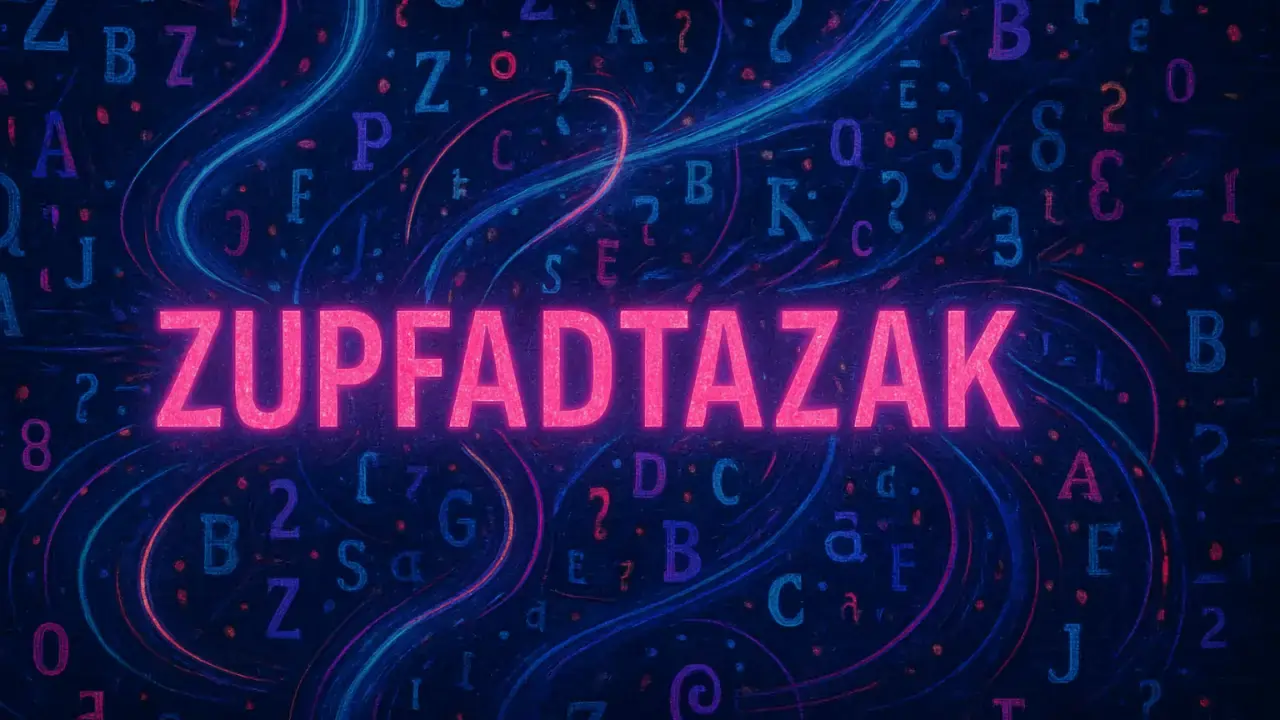
Introduction to Zupfadtazak
Zupfadtazak is a term that has recently emerged in various fields, generating considerable interest and discussion. It encapsulates a complex concept that requires careful examination to fully understand its implications. Defined broadly, zupfadtazak pertains to specific cultural, social, or technological phenomena that evoke unique interpretations and responses among individuals and communities. The relevance of zupfadtazak in contemporary debates cannot be overstated, as it reflects the evolving nature of our interaction with information and societal constructs.
The origins of zupfadtazak are somewhat nebulous, with various accounts suggesting it may stem from particular academic disciplines or cultural movements. Its usage has proliferated, gaining traction especially in discussions surrounding digital communication and cultural exchange. As an interdisciplinary term, zupfadtazak weaves together threads from sociology, anthropology, and media studies, highlighting its multifaceted nature. This broad applicability enriches the conversation surrounding zupfadtazak and encourages diverse perspectives from various fields.
The growing popularity of zupfadtazak signifies a shift in how we perceive and analyze contemporary issues. It invites scholars, practitioners, and laypersons alike to explore its depths and implications. In understanding what are sources of zupfadtazak, we uncover not only the term’s immediate utility but also its broader significance in reflecting societal values and challenges. Delving into this investigation allows us to grasp the nuanced layers of meaning that zupfadtazak embodies.
Moreover, exploring sources associated with zupfadtazak facilitates a richer comprehension of its role within our cultural lexicon. It urges us to question established norms and consider the potential transformations in our societal fabric as we engage with this dynamic term. The inquiry into zupfadtazak serves as a crucial step in understanding the contexts from which it arises and the implications it holds for various disciplines.
Identifying the Primary Sources of Zupfadtazak
The inquiry into what are sources of zupfadtazak necessitates a thorough examination of various primary resources that contribute to its understanding. Effective identification of these resources is essential for comprehending the complete picture of zupfadtazak. Among the significant avenues for gathering information are academic literature, interviews with subject matter experts, historical texts, and various digital repositories.
Academic literature stands as a foundation for scholarly research on zupfadtazak. Peer-reviewed articles and research papers provide rigorously obtained insights and diverse perspectives. These texts are essential for their empirical data and can elucidate trends, theories, and methodologies pertinent to the understanding of zupfadtazak. In addition, such literature often references other vital sources and sets the stage for ongoing dialogues within the field.
Interviews with experts represent another significant source. Engaging with professionals who specialize in zupfadtazak can yield unique insights that are not always captured in written form. Their lived experience and practical knowledge may unveil nuances and intricacies that can enrich the existing body of knowledge. The subjective interpretations derived from these discussions often complement the objectivity found in academic literature, providing a well-rounded view on what are sources of zupfadtazak.
Another notable source is historical texts that chronicle the evolution and development of zupfadtazak. Such texts not only offer context but also help trace the lineage of ideas and practices surrounding zupfadtazak over time. Lastly, digital repositories provide an accessible platform where a vast array of resources—including databases, articles, and multimedia content—can be found. These repositories facilitate the gathering of both primary and secondary data that can contribute substantially to answering the question of what are sources of zupfadtazak.

Analyzing Secondary Sources and Their Impact
In the discourse surrounding zupfadtazak, secondary sources play a crucial role in shaping public perception and enhancing understanding beyond the core primary materials. These sources include various materials such as articles, reviews, opinion pieces, and discussions on social media platforms. Collectively, they contribute significantly to the broader narrative about what are sources of zupfadtazak and offer insights that facilitate a more comprehensive analysis of the topic.
Articles and scholarly papers are essential secondary sources that often synthesize existing research, presenting conclusions that highlight the implications of primary data. These writings not only summarize findings but also engage in critical discourse around zupfadtazak, enabling readers to grasp diverse viewpoints. Additionally, opinion pieces provide personal interpretations or expert analyses that can influence public perception. These sources express individual or collective attitudes towards zupfadtazak, which can lead to shifts in how the topic is perceived by different audiences.
Social media discussions represent another vital layer of secondary sources. In today’s digital landscape, platforms such as Twitter, Facebook, and specialized forums allow users to share their thoughts and experiences regarding zupfadtazak. These interactions can affect how information is disseminated and absorbed by the public, often creating a vibrant dialogue around ongoing research or current events related to the subject. The immediacy and reach of social media amplify the impact of opinions expressed, making them as influential as traditional news articles.
Overall, secondary sources complement primary research by providing context, interpretation, and a range of perspectives. They are instrumental in addressing the inquiry surrounding what are sources of zupfadtazak, guiding both researchers and the general public in navigating the complexities of this topic. By examining these alternate viewpoints, one can gain a more rounded understanding of the various factors that influence perceptions and knowledge of zupfadtazak.
Concluding Thoughts on Zupfadtazak Sources
In exploring the topic of zupfadtazak, it becomes evident that understanding its sources is vital for a comprehensive grasp of the subject matter. By examining both primary and secondary sources, one gains depth in the nuances surrounding zupfadtazak. Primary sources—such as original research studies, firsthand accounts, and experimental data—provide raw insights that are crucial for establishing foundational knowledge. They allow researchers and enthusiasts alike to engage with the material directly and draw conclusions based on unfiltered evidence.
On the other hand, secondary sources, including reviews, analyses, and interpretations of primary materials, play a vital role in contextualizing zupfadtazak. These sources synthesize information, highlight trends, and clarify complex items by providing overviews and critical perspectives. The combination of primary and secondary sources creates a richer tapestry of understanding regarding zupfadtazak, facilitating not only academic research but also practical applications in various fields.
Furthermore, when engaging with zupfadtazak, it is essential to critically assess the sources being utilized. The credibility, relevance, and potential bias of these sources can significantly influence one’s understanding and conclusions about the topic. Engaging with diverse materials promotes a more rounded viewpoint, contributing to informed decision-making and fostering further inquiry.
As we continue to explore what are sources of zupfadtazak, areas for further research and inquiry become apparent. For instance, examining the newer methodologies in sourcing zupfadtazak can shed light on evolving practices and understanding within the field. Readers are encouraged to broaden their horizons by seeking out credible sources and engaging with emerging research to cultivate a more profound understanding of zupfadtazak and its many implications.


